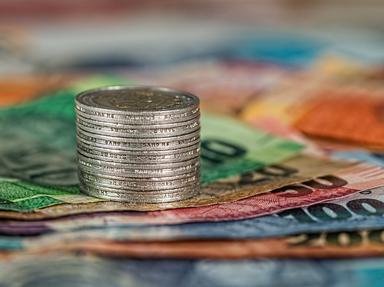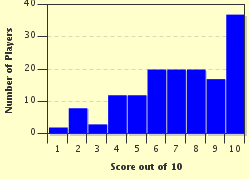Quiz Answer Key and Fun Facts
1. Why do you need to know about obsolete money? Well, for one thing, if you like to read, you will find a lot of references to it classic literature. If you read 19th century French novels, you will often encounter a coin called a "sou." How much was it worth?
2. The United Kingdom still uses the pound sterling as its currency, but in 1971 it officially changed from the old way of reckoning in pounds, shillings and pence, to a decimal system. The terms pound and pence remained in the new system, but the shilling was no more. How much was a shilling worth?
3. Many Spanish-speaking countries use the peso as their currency, but, interestingly enough, just before it adopted the euro, the peso was not the currency used in Spain. What was it?
4. The franc is the well known obsolete currency used in France before the adoption of the euro. But France was not the only country to use the franc. Which of these countries also paid its bills in francs?
5. When it achieved unification in 1861, Italy adopted the lira as its national currency. The lira became obsolete in Italy on February 28, 2002. Some small states like Vatican City and San Marino had also used the lira as their currency, and they, too, adopted the euro along with Italy. But one country, partly in Europe and partly in Asia, retains the lira as its currency. Which is it?
6. Which country once used the pengo as its national currency, before changing to the forint?
7. Estonia is the only one of the Baltic countries that adopted the euro prior to 2013. What now obsolete currency did the euro replace?
8. Which European country used the real and escudo before converting to the euro?
9. Finland converted to the euro in 2002, but before that date, it had its own currency. Do you know what it was called?
10. The mark became Germany's currency in 1873, shortly after unification. Before this event, many German states issued their own currency. What was the now obsolete currency used in Bavaria, Baden, Württemberg, and several other German states just prior to unification?
Source: Author
daver852
This quiz was reviewed by FunTrivia editor
WesleyCrusher before going online.
Any errors found in FunTrivia content are routinely corrected through our feedback system.

